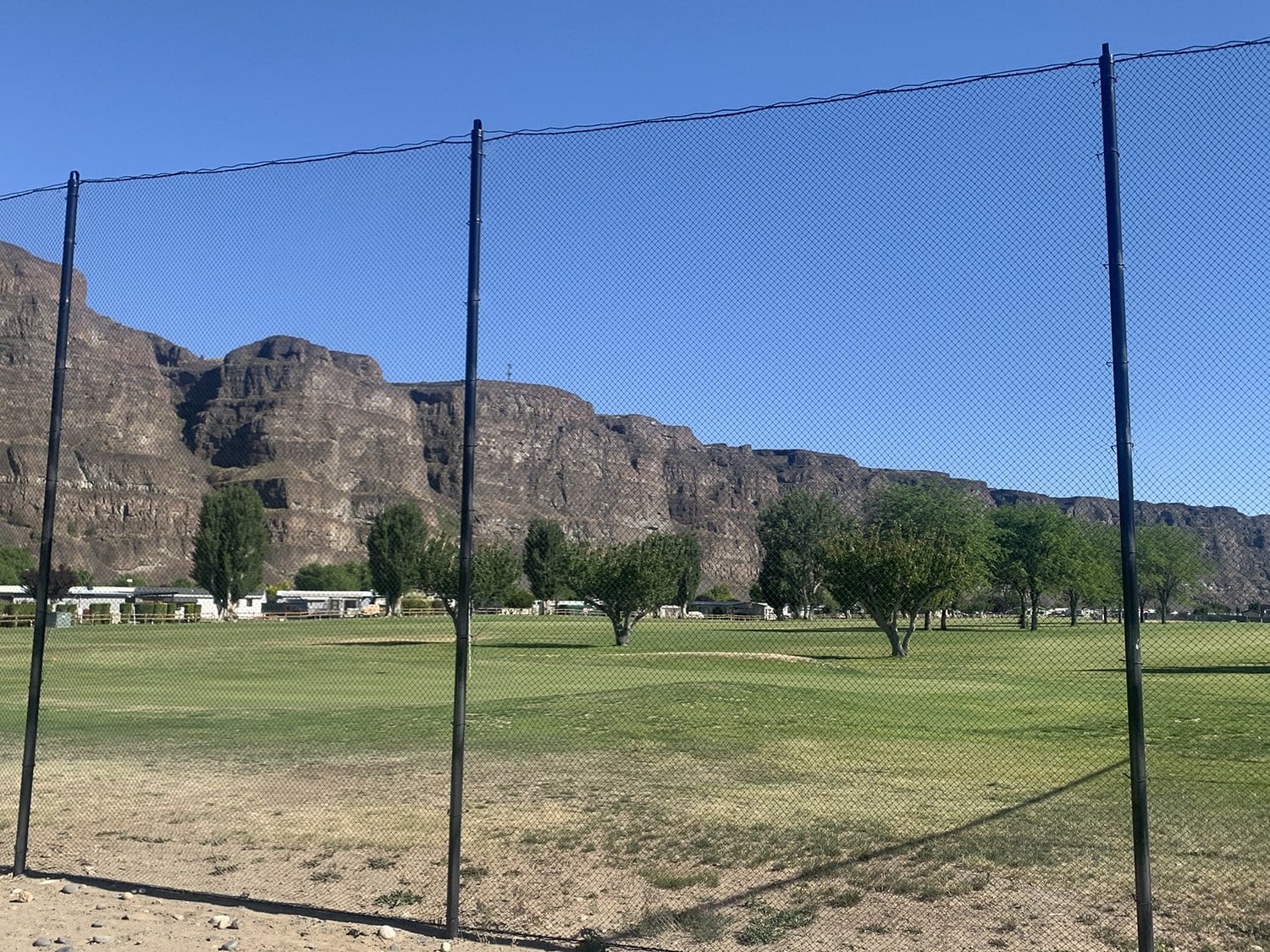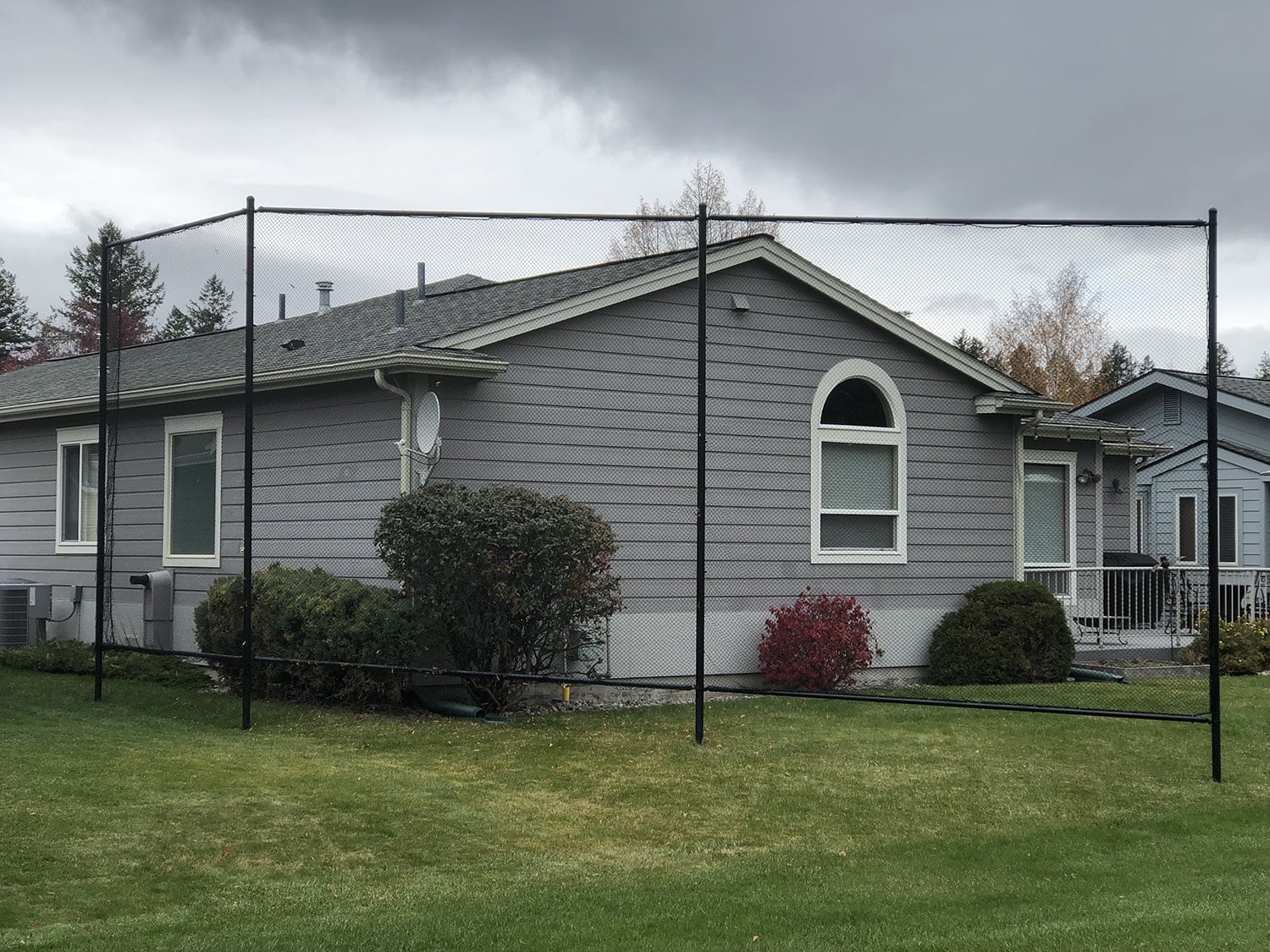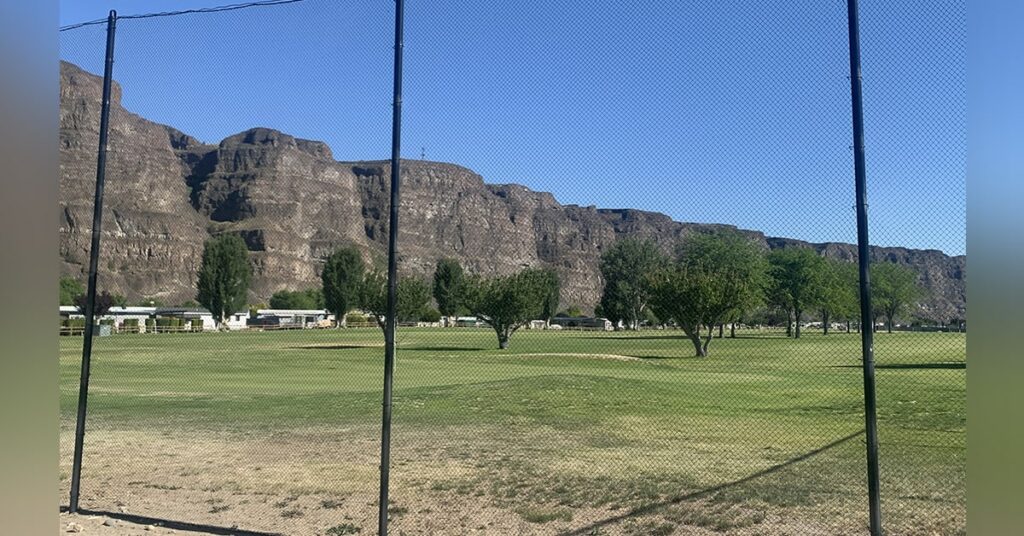Soccer is the world’s most popular team sport and part of the reason for its massive global reach is that not only is the sport relatively easy to learn, but having the necessary equipment for a quick game is not an expensive exercise. You really only need a ball, goals, and ideally a net!
Purchasing a net and goal for your soccer team or club can be an overwhelming exercise when you consider the plethora of brands out there. Here, we’ve put together a comprehensive guide to buying golf nets for your team, no matter their level of play or skill.
What Are Soccer Goals Made From?
First of all, it’s important to know that obviously, soccer goals come in various sizes, shapes, and dimensions. Just like basketball hoops that are adjusted based on players’ ages, soccer goals come in a variety of sizes for appropriate age levels. Equipment manufacturers design goals for everyone, from those Under 6 years of age to professional players. Generally speaking, manufacturers construct soccer goals from one of two materials, either plastic or metal blends (typically aluminum). The materials used frequently determine a goal’s price, purpose, and performance.
Benefits of Plastic Soccer Goals
Plastic goals have several advantages and can be perfect for certain situations.
The benefits include:
- More Affordable
- Lightweight and portable
- Easy to install and secure with anchors
- Adjustable, foldable, and collapsible
- Easy to store
- Designed for youth players, training, and recreation
- Great for low-impact, low-use play
Generally speaking, plastic goals are perfect for smaller children’s competitions or for team practice. Small-sided drills that teams participate in are often designed specifically with small, plastic goals in mind. In these situations where shooting is a focus, small plastic goals are perfect for increasing accuracy. Plastic goals don’t have the durability of metal goals and will likely come out of their anchor with a high-powered shot – hence why small children use them or just in practice situations.
Benefits of Metal Soccer Goals
Typically these are high-grade and designed for match play. They are:
- Durable
- Aimed at high performance
- Perfect for permanent or semi-permanent installation
- Can withstand high-impact play
- Available in a range of sizes and styles
Metal goals, when installed can withstand the elements and numerous balls being shot at them. Likely these types of goals stay fixed on pitches for an entire season or longer. Players can hurt themselves if they run into them.

What Differences Are There Between Goals With Or Without Depth?
Manufacturers design soccer goals differently for different ages, players, and leagues. Some goals are simple, while others are more complex in their design and features. Understanding the different styles of soccer goals will help you determine which one is right for your players, league, club, and budget.
Goals without depth will be:
- A simple design with a single top crossbar. Like a three-sided rectangle.
- The net is attached to the side and cross bars at a 45-degree angle with the ground. The excess netting will lie on the ground.
- Usually, they are lighter and more portable in the metal goal category.
- A goalkeeper won’t be able to defend from inside the goal
- There will be limited room inside the goal itself.
Soccer goals with depth are:
- More complex designs with a crossbar and two bars at a 90º angle to the front bars, that extend back a few feet into the net. This makes the net more box-like.
- Bars and net drop at a 45-degree angle to the back of the net
- Creates more room inside the net to prevent player tangling and improve goalie performance.
- Manufactured with a heavier and higher-quality metal or plastic
- Can be permanent or portable
- Found in higher-grade competitions.
There are also box-styled goals, which you may have seen at the more elite level. These entail some rigging up as the net extends backward, creating an almost net-like enclosure. These are considered the best for goalkeepers as it gives them full movement within the goal. It also makes it easy for linesmen to view if a ball has crossed the line for a goal. Again, this setup is more typical
of elite competitions and may not be financially or logistically viable for most youth competitions.
Which Size Goal Should Ages or Skill Levels Be Using?
Generally speaking, following the below table gives coaches an idea of the size of goals their teams should be playing with.
Age Range Goal Dimensions Field Dimensions
| Age Range | Goal Dimensions | Field Dimensions |
|---|---|---|
| 6 - 7 | 4' (H) x 6' (W) | 15 yds. (W) x 20 yds. (L) |
| 8 | 6.5' (H) x 12' (W) | 30 yds. (W) x 50 yds. (L) |
| 9 | 6.5' (H) x 18.5' (W) | 35 yds. (W) x 50 yds. (L) |
| 10 - 13 | 6.5' (H) x 18' (W), 7' (H) x 21' (W | Between 45 x 55 yds. & 70 x 80 yds. |
| 13 + (to Pro level) | 8' (H) x 24' (W) | Between 50 x 100 yds. & 80 x 120 yds. |
Should I Purchase Portable or Install Permanent Goals?
This will depend on the nature of your club facilities. If the pitches are fully dedicated to year-round soccer, then obviously permanent or semi-permanent goals would be the best option. If the facility is multi-purpose or used by different team sports, consider semi-permanent or portable goals. Public facilities should definitely go with a portable goal to avoid theft and vandalism.
What’s the best method of installing soccer goals?
Soccer goal installation is quite simple, even in permanent or semi-permanent soccer goal setups. Sometimes, as in the case of portable or wheeled soccer goals, installation is as simple as carrying or pushing the goal onto the field! All goals will however need anchoring, installing, or some form of weight to hold them down. This ensures stability and that they will remain upright during the game, even on the strongest of shots or most howling of winds! This also prevents player injuries.
For portable goals:
- Anchor the goal into the turf with plastic or metal in-ground pegs, through the net that is also attached to the frame.
- If goals are used on hard surfaces (like gyms), secure them to the ground with weights or sandbags.
- Place weights over the back bar and sidebar frames if necessary.
For permanent or semi-permanent goals:
- Insert ground pegs into the turf.
- For semi-permanent goals – install ground pegs at least 10″ into the turf.
- For permanent goals – install ground pegs at least 36″ into the turf.
- Insert goal frames onto sheaths for secure placement.
Which Training Goals Are Good Options?
To sharpen your team’s skills and technique, it’s important to utilize versatile and diverse soccer training goals, rebounders, and targets during training. These types of goals can be used at home or on the practice pitch with your team. It’s all about finding the one that works for the age, skill level, space, and budget.
Soccer Rebounders: With the frame of a traditional soccer goal, but with a taught net designed to send the soccer ball back to the player, these goals let players practice shot power, accuracy, and placement. Soccer rebounders come in many shapes and sizes, and are inexpensive.
Training Goals: These are very lightweight and portable, and quick to set up. They let players enhance shot placement in the park, backyard or even on the sidelines during a game! These goals are versatile and affordable and typically a must-have.
Coerver Coaching Goals: This double-sided training goal has a single frame with a net design. Coerver goals let coaches run multiple drills and train an entire team all at once! It also lets two goalies train with the team. These goals are intended for advanced players and teams.
Are Pop-up Soccer Goals a Good Option?
Pop Up Soccer Goals are some of the most fun and versatile goals teams can have. They are constructed with a lightweight, flexible, and yet sturdy frame. Typically they have a nylon cover, and collapse to a flat circle for easy storage after training and transportation. When the team is ready to play on them, they quickly pop open into shape. They come with a fine mesh net and anchor pegs to secure them. Teams will often recommend players own a pop-up goal at home to train outside of the club too.

How Do I Know Which Soccer Net Is Right For The Goal?
Soccer nets do look pretty much the same, but the quality is not. This can definitely make a decision a little tricky, but here are some simple things to consider when talking about soccer nets
- Size – Nets, like the goal, come in standard sizes for standard goal frames. A youth net is typically 4′ x 6′.
- Depth – Some advanced soccer goals have depth to them, allowing for more room inside the goal. Replacement soccer nets should have depth also to fit these frames. Look for nets with three or more dimensions. A general rule of thumb is that bigger nets are better than a net that’s too small.
- Rope Thickness- the durability, performance, and price of a net have much to do with rope or netting thickness. Cheaper soccer nets usually only have a 2mm thickness, while pro-level and top-line nets use a 3 – 3.5mm thick rope.
- Mesh Width – The tightness of the net mesh affects both a net’s performance and durability. Most net mesh is 120mm wide, while other soccer nets feature tighter knits, at 3.5″ (88.9mm) or ever a 5.5″ (139.7mm) hex mesh.
- Attachments – Modern goals come with secure net fastener systems, like clips and bars, which secure the net to a frame. It’s important to either buy a goal with these features or add them to existing goals separately. Velcro strips are also great options for temporarily securing nets to frames.
Soccer nets come in all shapes and sizes, so it can be tough to know which one is right for your goal. In this guide, we’ve outlined the different types of soccer nets available on the market and shared our thoughts on whether or not pop-up soccer goals are a good option. At Pioneer Nets, we want to help you find the perfect net for your needs, so feel free to browse our selection of high-quality soccer nets today.

